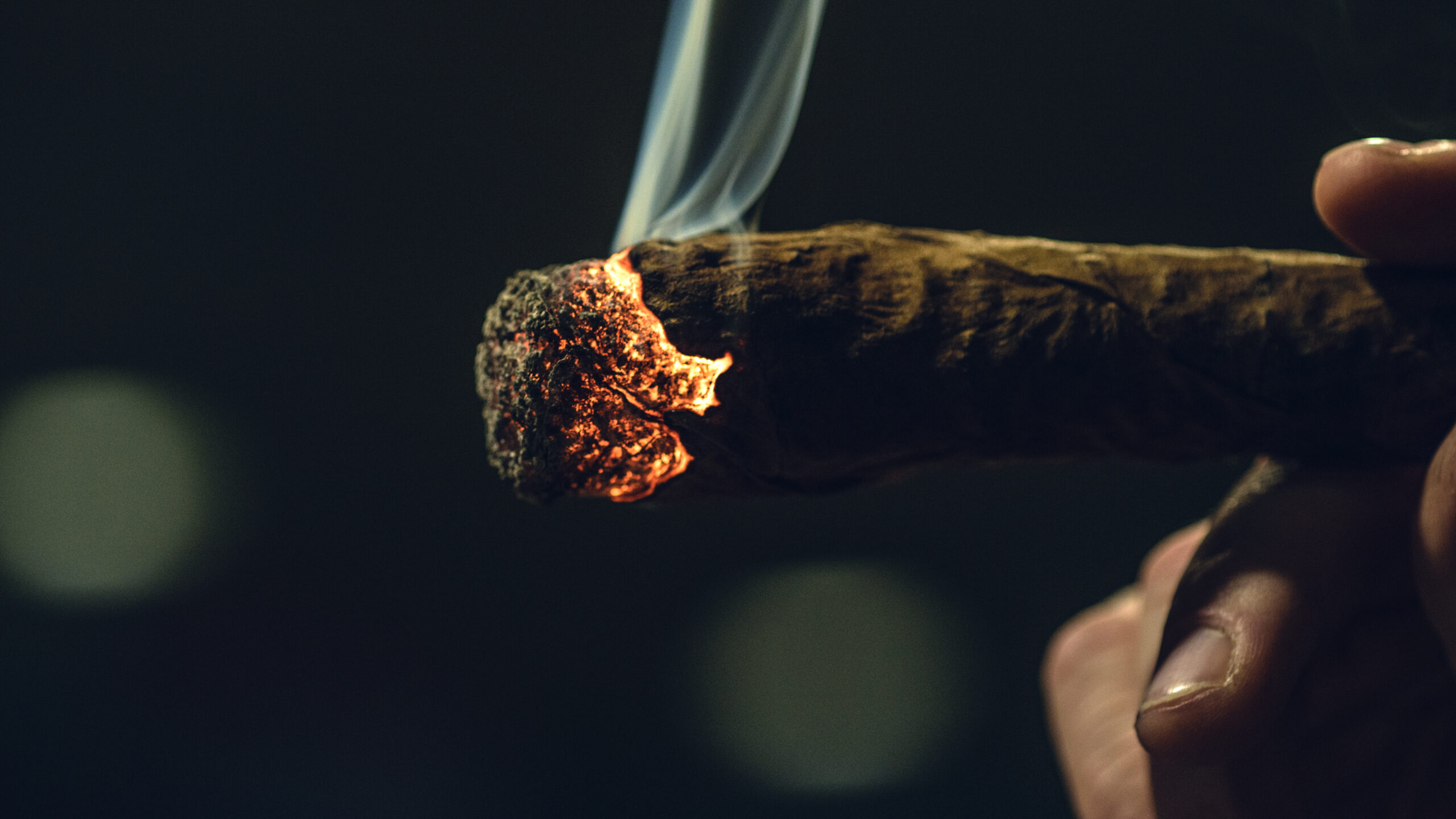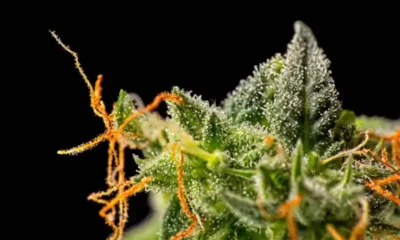Connect with us
Published
10 months agoon

Blunt enjoyers have historically turned to wraps with nicotine and tobacco, though a recent study shows that trend may be shifting with younger generations.
High school teenagers who smoke cannabis tend to veer toward nicotine- and tobacco-free blunt wraps, according to research published in the journal Drug and Alcohol Dependence.
Smoking continues to be the main way that consumers enjoy cannabis, and authors themselves note that the term blunt has always generally been associated with tobacco. The term first referred to a mid-size, cylindrical tobacco cigar with a flat (or blunt) tip, but by the 1990s, the term blunt shifted to refer to a tobacco cigar that had been hollowed out to be refilled with cannabis.
Up until recently, all blunt wraps were made with tobacco, so blunt smokers of the past used to have no other options. Today, and over the past several years, a number of tobacco-free blunt wrap alternatives have emerged, made from alternative sources like hemp, banana leaves, Cordia leaves, and Tendu leaves, among others. Authors note these products are often marketed as a healthier, tobacco-free, nicotine-free alternative and may have additional, appealing product labels like “natural,” “no dye or colors,” “organic and GMO-free” and “vegan,” which may be more appealing to cannabis users who dislike or don’t use tobacco or nicotine.
Citing previous research, authors also note the popularity of blunts among youth and young adults, often being the first cannabis product people try.
Researchers from the Department of Psychiatry at the Yale School of Medicine surveyed 8,855 students from eight Connecticut high schools, finding that 475 students from the sample reported smoking cannabis blunts in their lifetime. Of those 475 students, 73.1% knew what type of blunt they used.
Examining the 347 students who knew what kind of product they used to make blunts, 89.9% reported that tobacco or tobacco-free blunt wraps were used. The data shows that the most popular type of blunt wrap was tobacco-free (72.6%), followed by cigarillos (56.5%), or cigars emptied of tobacco and replaced with cannabis. Tobacco blunt wraps (49.2%) followed, with large cigars (13%) being the least popular option.
While 67.7% of students reported they used a tobacco product to make a blunt, 40.3% of students said they had used both tobacco and tobacco-free blunt wraps and 27.4% said they only used tobacco products to make blunts.
The study notes that it’s possible that some students who reported exclusively using tobacco-free blunt wraps may have added tobacco to their blunts, even though the reported rate was likely low. If this is the case, it would ultimately alter the study’s findings when it comes to tobacco-cannabis co-use versus exclusive cannabis use.
Authors ultimately concluded that blunt wraps in general are already very popular among young people who consume cannabis blunts. Even though the participants used both tobacco-free and tobacco blunt wraps, they noted the increasing popularity of tobacco-free options. Ultimately, these results suggest that the term “blunt” may need to be defined or expanded, since the term no longer provides clarity around what specific products are used. Namely, a blunt in today’s world may or may not involve tobacco-cannabis co-use.
The study notes the importance of this distinction to better understand the prevalence of tobacco and cannabis use. If researchers classified all blunt use as tobacco-cannabis co-use, it would skew the results and deem that the 32.3% of student participants who reported only using tobacco-free blunt wraps were actually (and incorrectly) using tobacco blunts.
Of course, this study acts as an initial look as tobacco-free blunts continue to gain momentum, and more research in the future could help provide a better picture, especially as the cannabis market—and alternative accessory option —continues to grow.
Researchers note that the data came from a specific sample, Connecticut high schools, so it may not apply to the entire population. The study also relied on self-reporting, so misreporting is a potential risk. Additionally, the study only looked at the lifetime use of different products, rather than examining habits around regular blunt use.
As researchers noted earlier in the study, authors defined blunt as a “cigar, cigarillo, little cigar, or blunt wrap filled with marijuana,” without assessment around students adding other substances, like tobacco, to their blunts. The study explains that the term “spliff” is more often used in this instance, though it still limits the ability to measure cannabis-tobacco co-use.


Despite City Efforts, Hemp Shops Posing as Dispensaries Prevail in Las Vegas


Cannabis Community, Investors React to DEA Decision To Reschedule


Georgia Governor Signs Bill Establishing Licensing Requirements To Grow Hemp


Study: Psilocybin Enhances Meditation


Ohio GOP Lawmakers Debate Adult-Use MJ Priorities, Eye June for Regulation Approval


Taylor Swift Puts Narcotics Into All of Her Songs on ‘The Tortured Poets Department’
